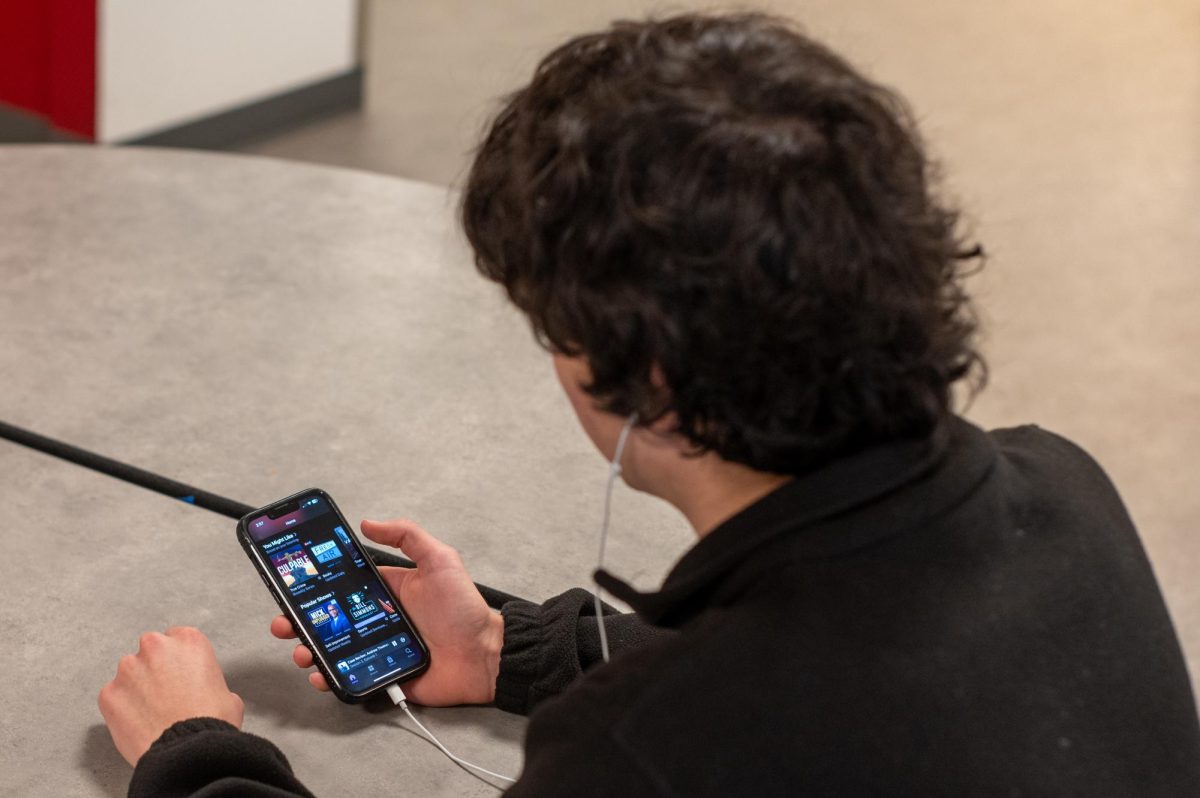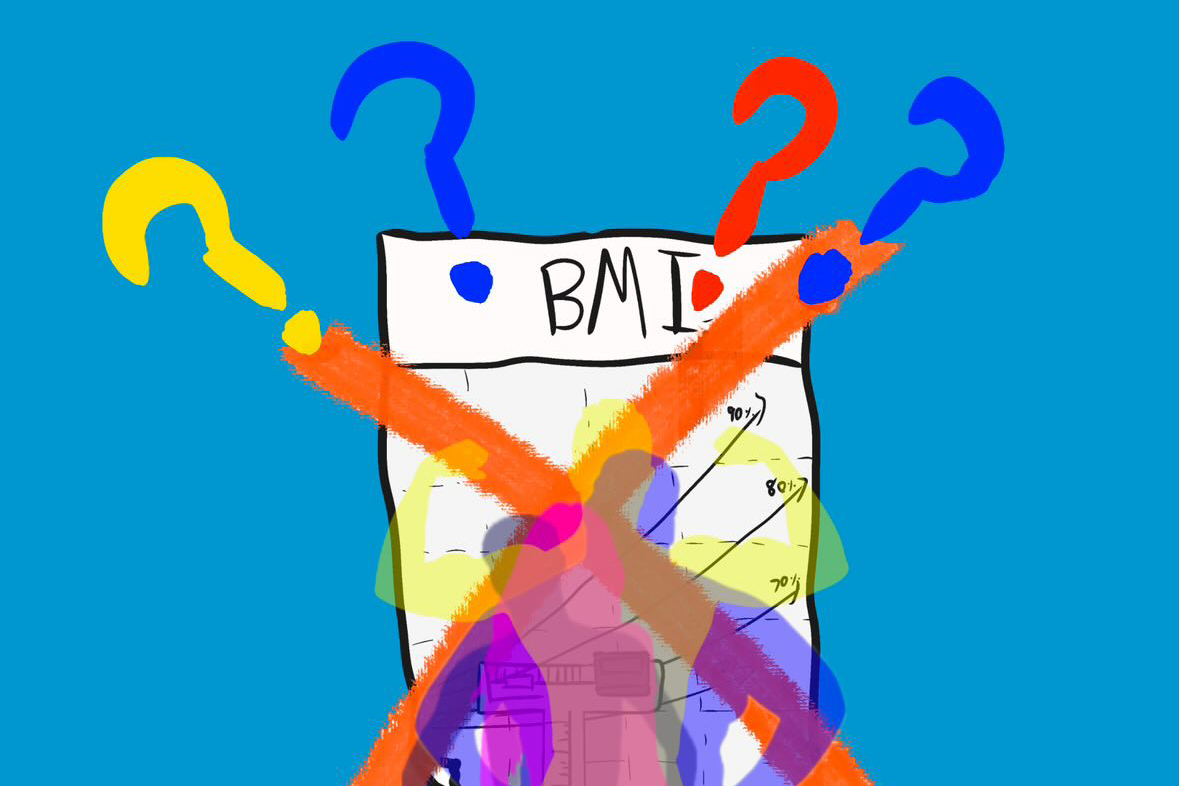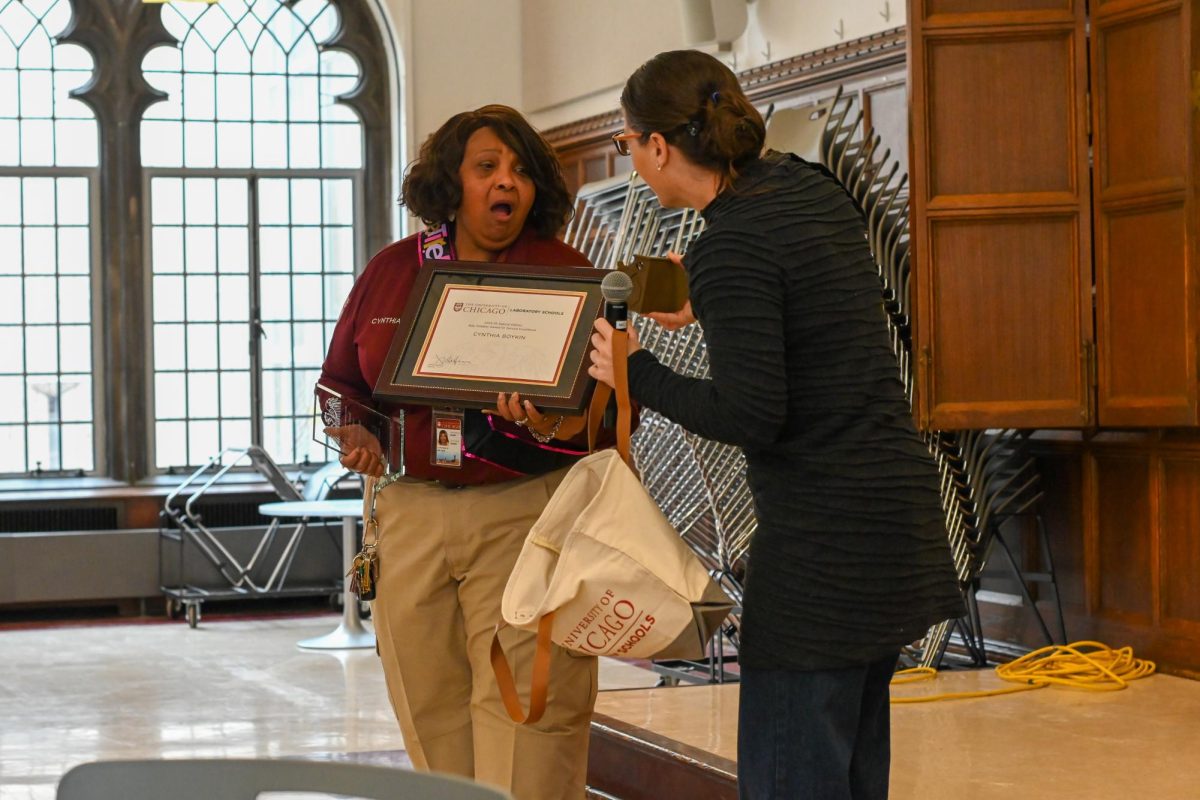Feminist themes shine in ‘House of the Dragon’
HBO
The feminist themes in “House of the Dragon” are executed well through strong writing and cinematography.
November 7, 2022
Decades after her aunt was denied the crown simply for being a woman, Princess Rhaenyra Targaryen stands before the Iron Throne, surrounded by Lords from each part of the Seven Kingdoms of Westeros, as her father, King Viserys Targaryen, declares her to be his successor. Bowing her head, she watches as each nobleman, some more willing than others, “bends the knee” to the first-ever female heir, pledging fealty to her future reign.
The first season of “House of the Dragon,” a prequel to the wildly popular “Game of Thrones,” premiered on HBO Aug. 21 with episodes released weekly. The show is based on select chapters of “Fire and Blood”— a “Game of Thrones” history book by George R. R. Martin — and depicts the ruling Targaryen family almost 200 years before the original series.
Despite some inconsistencies, the cinematography, plot and feminist themes allow “House of the Dragon” to truly live up to its predecessor.
Within the fantasy genre, female characters are often tokenized, many serving a single purpose usually as a love interest. “House of the Dragon,” however, completely diverges from that trend, with two female lead characters: Rhaenyra and her childhood friend Alicent Hightower. Rather than portraying women as one-dimensional, the show presents these two characters as both endearing and morally gray. As they vie for power, they both face a surplus of misogyny in a world defined by gender norms
Similar to the original series, this show features astounding cinematography and animation. The detailed computer-generated dragons and ornate settings are captivating, illustrating this strange world beautifully. Despite this, later in the show, it can become difficult to notice all the special effects, as some scenes are poorly lit.
While the unsatisfying writing in the final seasons of “Game of Thrones” upset many fans, “House of the Dragon” creators George R. R. Martin and Ryan Condal do a fantastic job of producing a compelling and heart-wrenching script true to the source material.
Even though the plot itself remained fairly consistent with the “Game of Thrones” history, the awkward pacing of the show became glaringly obvious throughout the season. Over the course of 10 episodes, “House of the Dragon” covers 19 years, including three significant time jumps. This means that while some of the actors for young characters change in the 10-year jump between episodes five and six, others do not. Additionally, the technology in “House of the Dragon” is identical to that of “Game of Thrones,” despite the centuries between the two shows.
Regardless of these issues, “House of the Dragon” is an enthralling addition to the “Game of Thrones” universe, paling only slightly to the original series. With magic, manipulation and enduring familial conflicts, this complicated-yet-addictive show is perfect for any fan of the fantasy genre.




























































